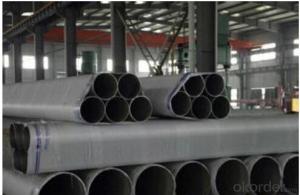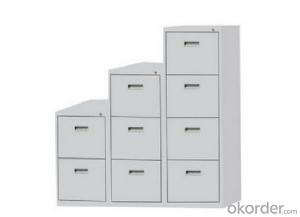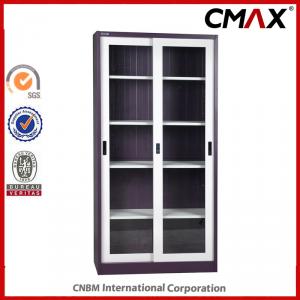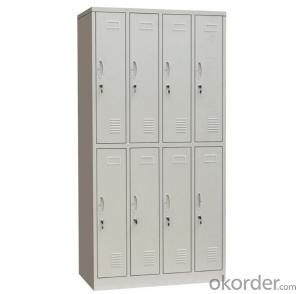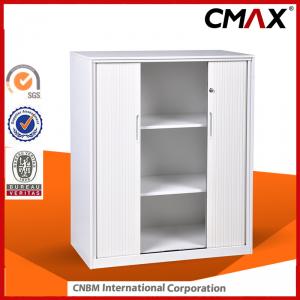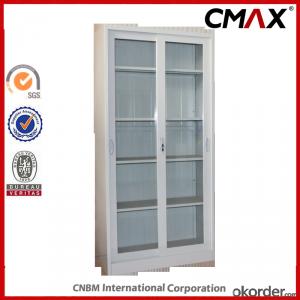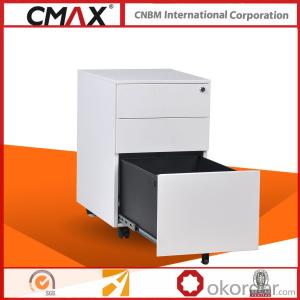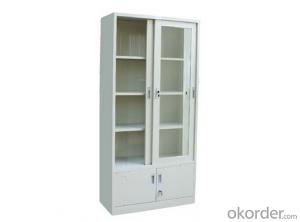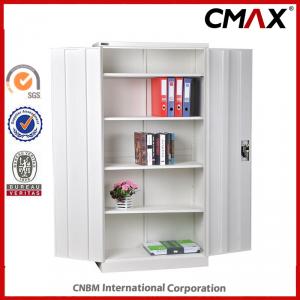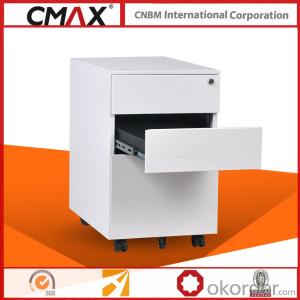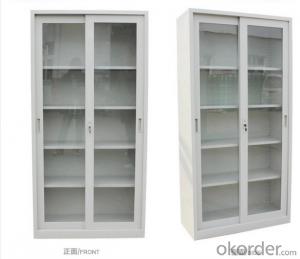Stainless Steel Drawers
Stainless Steel Drawers Related Searches
Best Paint For Stainless Steel Blanket Insulation For Steel Buildings Primer For Galvanized Steel Foam Filter For Stainless Steel H S Code For Stainless Steel Surface Grinding Wheels For Stainless Steel Surface Grinding Wheels For Hardened Steel Hole Saw For Stainless Steel Paint For Stainless Steel Stainless Steel For BbqHot Searches
Steel Mesh Panels For Sale Price For Stainless Steel Scrap Scrap Price For Stainless Steel Price For Stainless Steel Stainless Steel Tank For Sale Stainless Steel Sheets For Sale Cheap High Tea Sets For Sale Stainless Steel Tanks For Sale Stainless Steel For Sale High Density Fiberboard For Sale Solar Hot Water Collectors For Sale Scaffolding For Sale In Uae Scaffolding For Sale In Ireland Scaffolding For Sale In Houston Type Of Inverter For Solar Price Of Shipping Containers For Sale Types Of Inverter For Solar Stock Price For Aluminum Used Solar Inverter For Sale Steel Mesh Panels For SaleStainless Steel Drawers Supplier & Manufacturer from China
Okorder.com is a professional Stainless Steel Drawers supplier & manufacturer, offers integrated one-stop services including real-time quoting and online cargo tracking. We are funded by CNBM Group, a Fortune 500 enterprise and the largest Stainless Steel Drawers firm in China.Hot Products
FAQ
- Yes, steel file cabinets are generally resistant to extreme temperatures. Steel is known for its durability and ability to withstand high temperatures. Most steel file cabinets are designed and constructed to resist fire and heat damage. They are often built with fire-resistant insulation materials and have a high melting point, making them suitable for storing important documents and valuables in extreme temperature conditions. However, it is important to note that the level of resistance may vary depending on the specific type and quality of the steel used in the file cabinet. It is always recommended to check the manufacturer's specifications and guidelines for the specific file cabinet in question to ensure its resistance to extreme temperatures.
- No, the 99 Steel File Cabinet cannot be easily locked with a remote access system. The 99 Steel File Cabinet is a traditional physical storage unit that typically uses a lock and key mechanism for securing its contents. Remote access systems are more commonly associated with electronic devices and smart home technologies, allowing users to control and monitor various aspects of their homes or offices remotely. However, if you require remote access capabilities for your file cabinet, you may consider exploring alternative options such as smart locks or digital file storage systems that offer remote access functionality.
- Yes, a steel file cabinet can be used as a room divider or partition. The sturdy construction of a steel file cabinet makes it a durable and stable option for creating separate spaces within a room. It can provide privacy and effectively divide a room into different areas, such as an office space or a living area. Additionally, the file cabinet's vertical design allows for efficient use of space, making it an ideal choice for smaller rooms or shared spaces. Its sleek and professional appearance can also add a modern touch to any room décor.
- Steel file cabinets come in a variety of sizes to accommodate different storage needs. Common sizes include letter-size, which is typically 15 inches wide and 28 inches tall, and legal-size, which is usually 18 inches wide and 52 inches tall. These standard sizes are designed to hold letter-sized or legal-sized hanging file folders respectively. Additionally, there are also larger file cabinets available with multiple drawers, which can range from 30 to 42 inches wide and 52 to 78 inches tall. These larger cabinets are suitable for offices or workplaces with a higher volume of paperwork. It is important to note that these dimensions can vary depending on the manufacturer and model, so it is always advisable to check the specifications provided by the supplier or retailer for precise measurements.
- Steel file cabinets are generally resistant to moisture and humidity due to their durable construction and protective finishes. However, it is important to note that prolonged exposure to high levels of moisture or humidity can still have an impact on these cabinets over time. While the steel material itself is less prone to rust or corrosion compared to other materials, it is still advisable to take certain precautions in a spa or sauna environment. Regular maintenance and cleaning to remove any moisture buildup, as well as applying a protective sealant or wax, can help prolong the life and resistance of the steel file cabinet in such conditions. Additionally, it may be beneficial to place moisture-absorbing packets or silica gel inside the cabinet to further mitigate any potential moisture damage. Ultimately, while steel file cabinets provide a level of resistance to moisture and humidity, it is important to be mindful of the environment and take appropriate measures to ensure their longevity in a spa or sauna setting.
- There are several ways to organize files in a steel file cabinet effectively. Here are a few strategies that can help maintain an organized filing system: 1. Categorize by topic or department: Start by grouping files based on their subject matter or the department they belong to. For example, create separate sections for finance, human resources, marketing, or any other relevant categories. 2. Alphabetical order: Within each category, arrange files alphabetically by their title or the name of the project or client. This method makes it easier to locate specific files quickly. 3. Use color coding: Consider assigning different colors to each category or department. Use colored file folders or labels that correspond to the category they belong to. This visual differentiation can make finding and retrieving files more efficient. 4. Utilize file dividers or inserts: To further organize files within each category, use file dividers or inserts. These can help separate files into subcategories, such as by year, month, or type of document. 5. Label everything: Ensure that all file folders, dividers, and inserts are clearly labeled. Use a legible font and large enough text size to make reading labels easy. Proper labeling prevents confusion and ensures that files are returned to their correct location after use. 6. Regularly review and purge: Periodically review your filing system and remove any outdated or unnecessary files. This helps prevent clutter and keeps the cabinet organized and efficient. 7. Maintain a consistent system: It is crucial to maintain a consistent system for organizing files. Train all individuals who have access to the file cabinet to follow the same filing conventions, ensuring files are consistently organized and easily accessible for everyone. Remember, the key to an organized filing system is to establish a logical structure and consistently maintain it. Regularly review and adjust the system as needed to accommodate any changes in your organization's needs.
- The price range for steel file cabinets can vary depending on factors such as brand, size, features, and quality. Generally, you can find basic steel file cabinets with two to four drawers in the price range of $100 to $300. These cabinets are usually made from standard gauge steel and offer basic functionality. For more heavy-duty and high-quality steel file cabinets, the price range can be higher, typically between $300 and $1000. These cabinets are often constructed with thicker gauge steel, have additional security features, such as locking mechanisms, and may come in a wider range of sizes and styles. It's important to note that prices can also be influenced by the reputation and brand of the manufacturer. Higher-end brands or designer file cabinets can be priced even higher, exceeding $1000. Ultimately, the price range for steel file cabinets offers options for different budgets and requirements, allowing individuals and businesses to choose a cabinet that fits their needs and preferences.


























